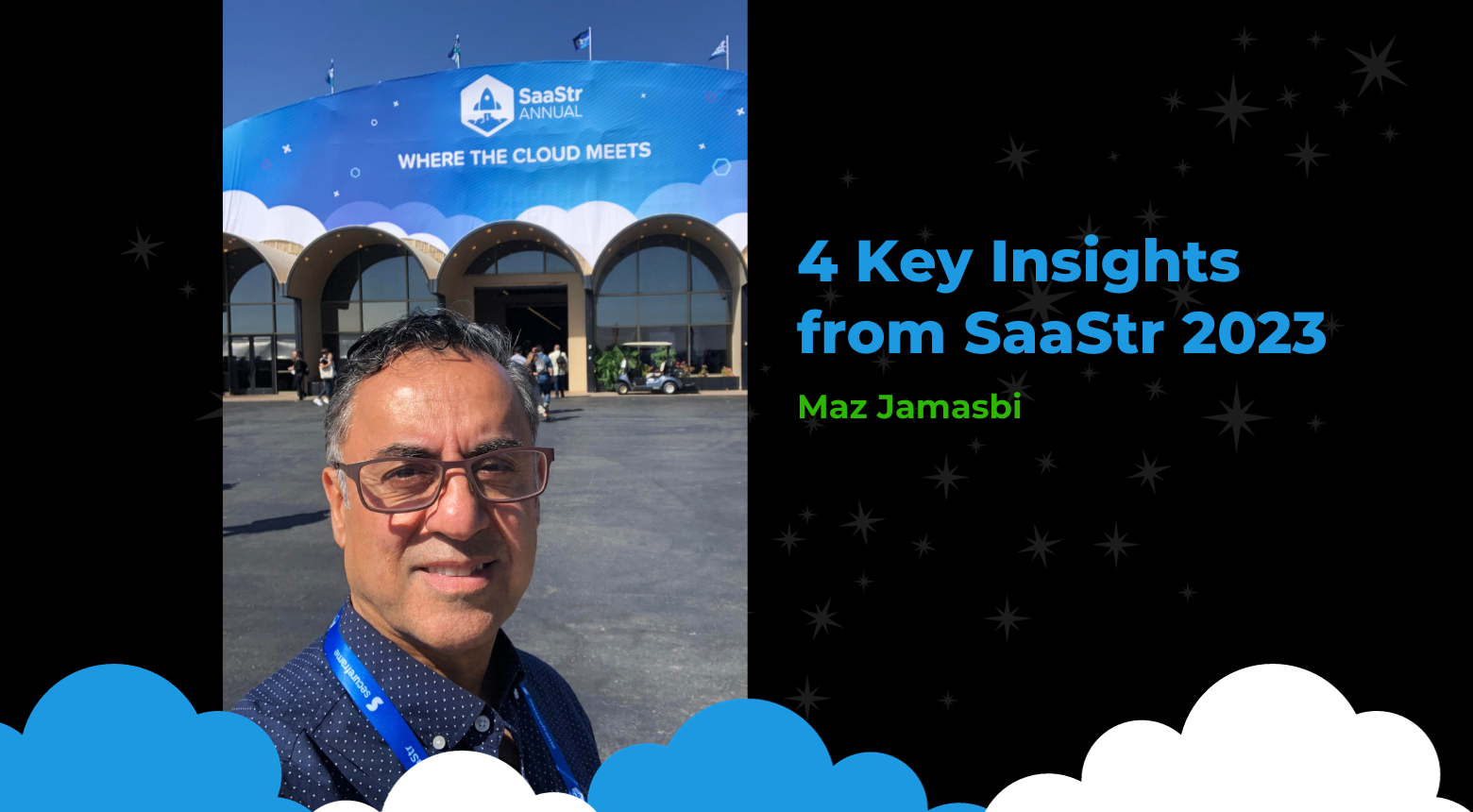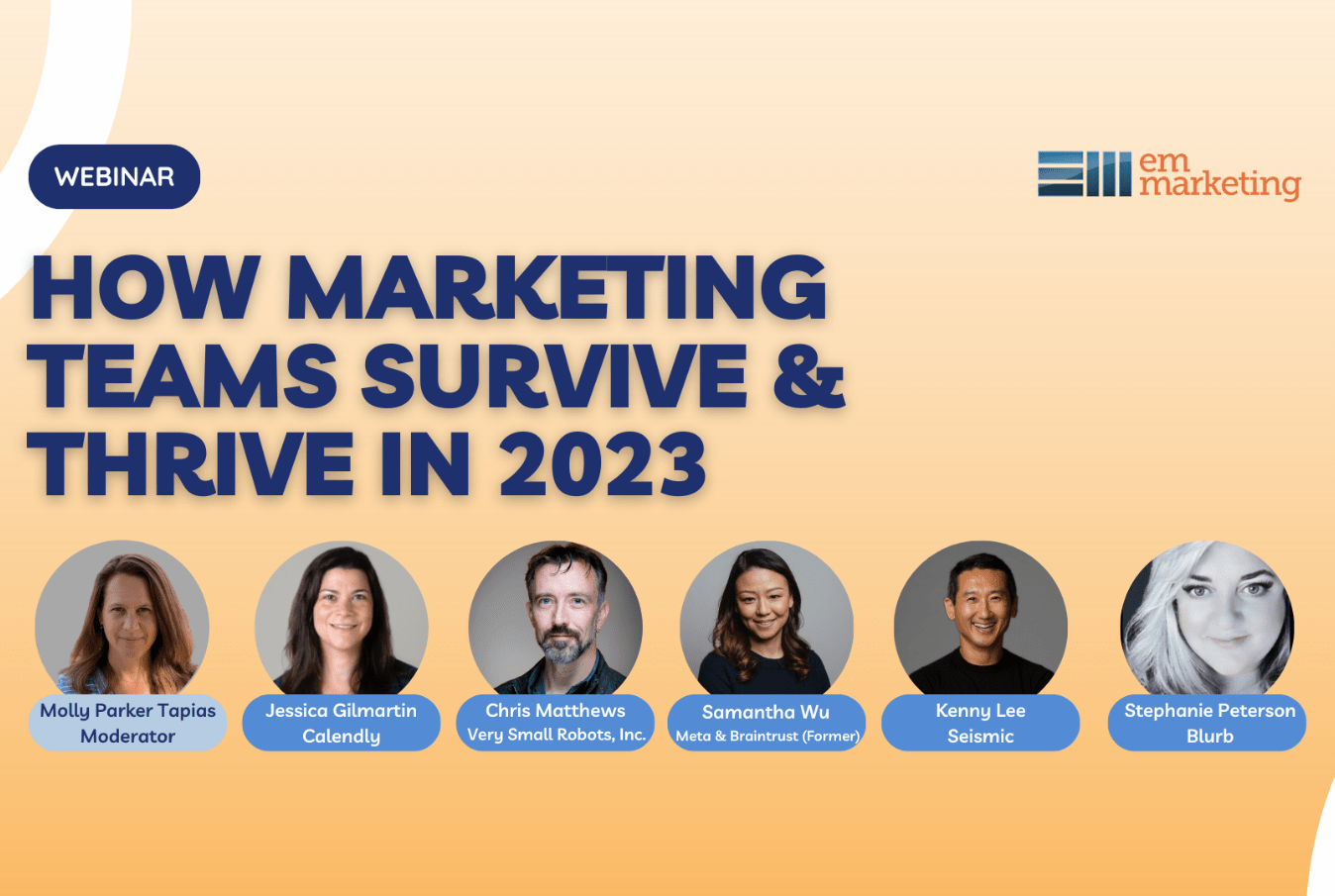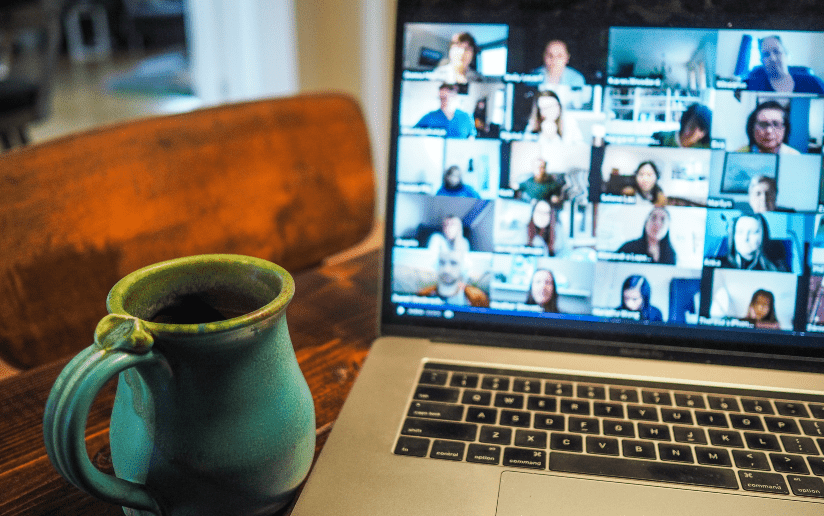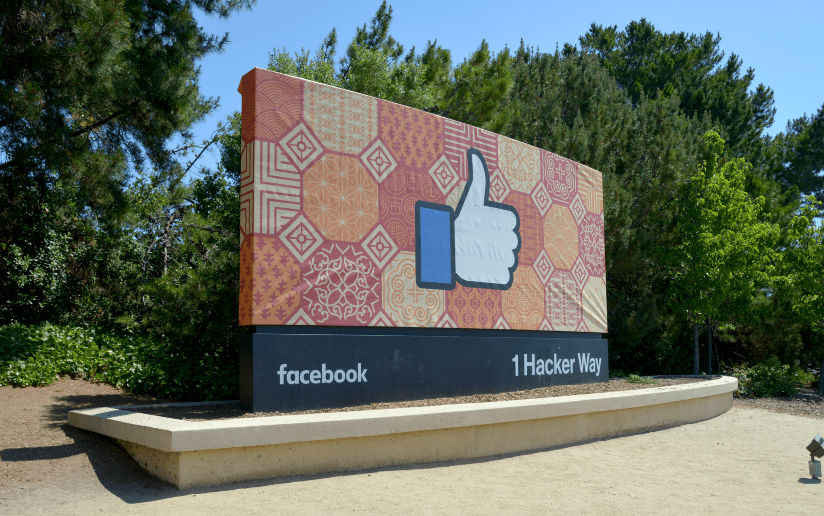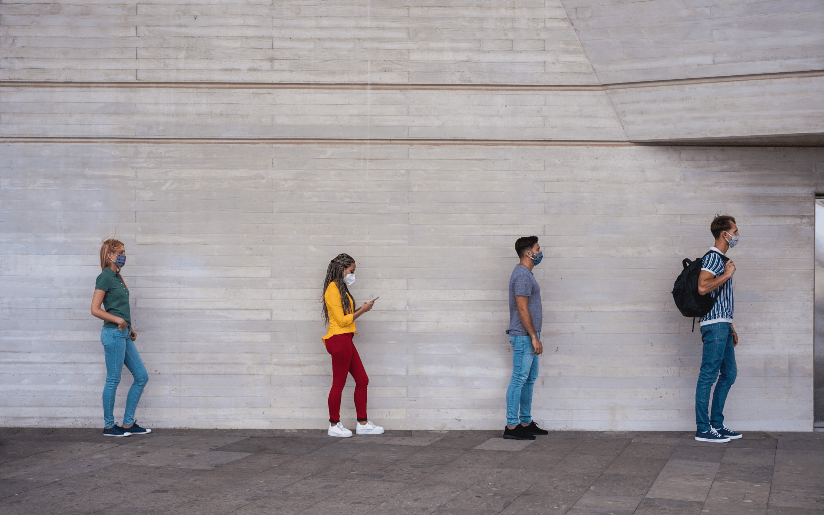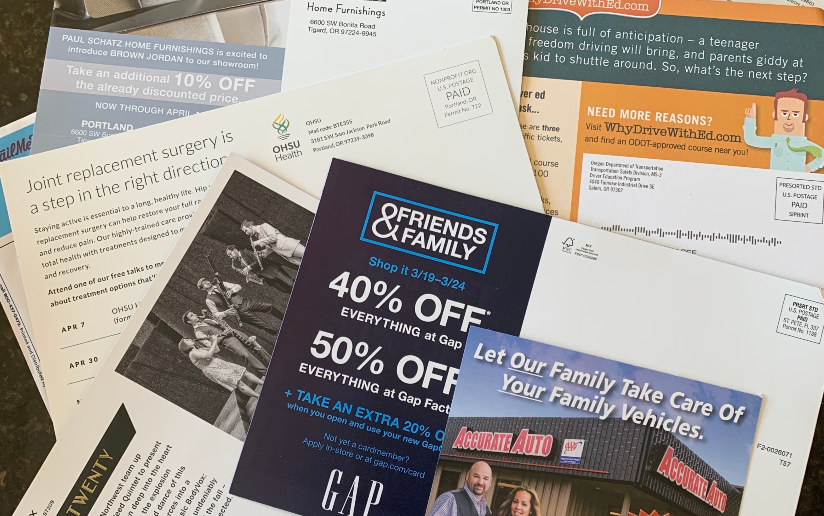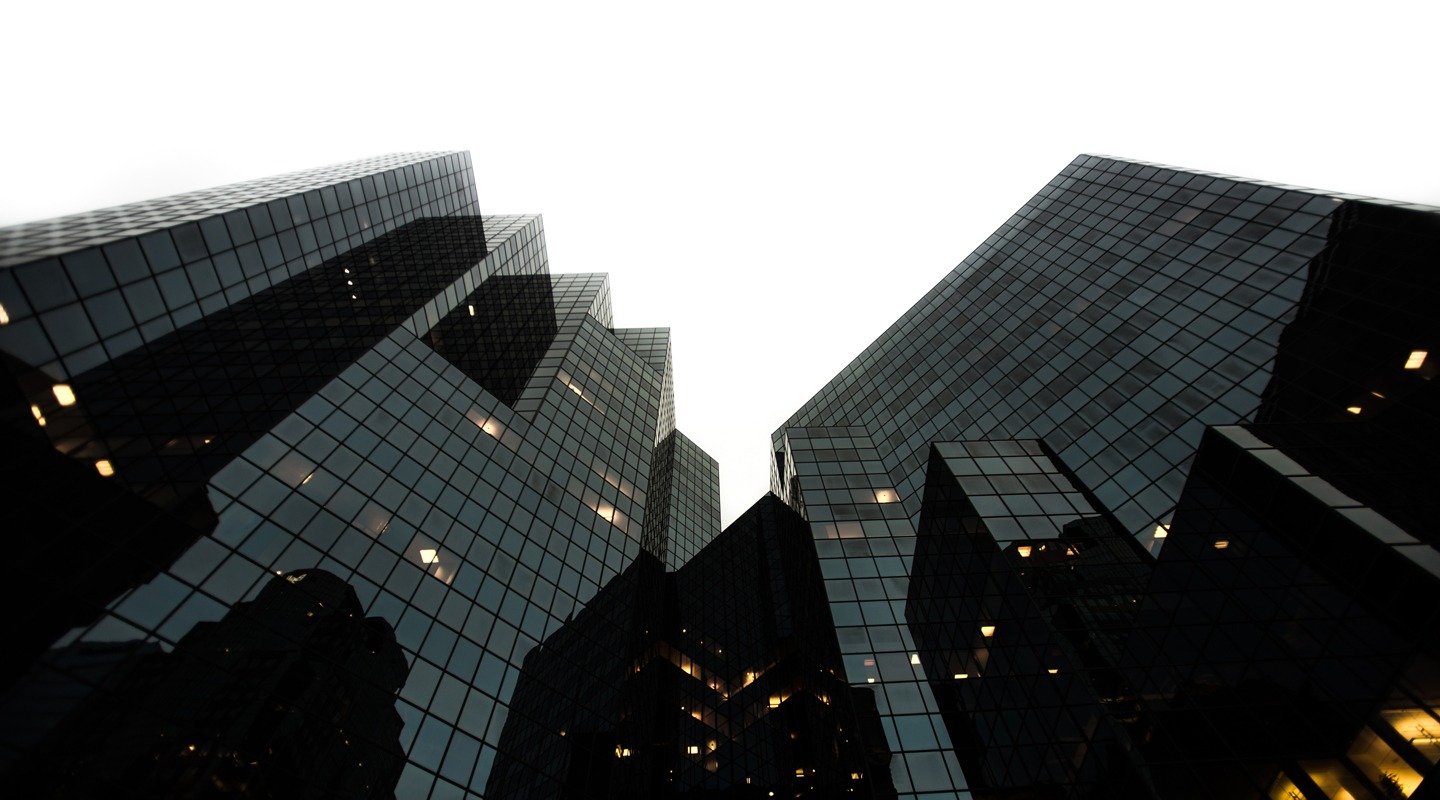
How to Take Your Tradeshow or User Conference Virtual
The COVID-19 pandemic has wreaked havoc on the corporate events industry, with huge, iconic tradeshows and user conferences scheduled for the spring and early summer of 2020 being canceled or postponed in rapid order. These are conferences that are held in huge venues, with tens of thousands of attendees, hundreds of show booths and dozens of parties. They are major market movers across industries, driving revenue not only for the host company, but for companies across their entire ecosystem.
The short-term pain in the wake of their loss is deep and widespread. But there is a silver lining. There’s an opportunity for event marketers to master the art of putting on large scale virtual events. A well-done virtual event consistently brings in three times the attendance of a live event, with 10-15 percent conversion rates. We can generate even more leads, and in the process, meet some of our long held sustainability goals, and curb some of the excesses of the past decade. If you’re sitting on the fence wondering whether to go virtual or postpone your event to a time when you can do it live, your best bet is to go virtual.
Resisting Temptation
Postponing is risky, though tempting. The events industry is one of pre-payment — hundreds of thousands of dollars to reserve real estate; book caterers, speakers and entertainers; pay designers and I&D houses to build out properties and experiences. What happens to all of that money? Do you refund all the sponsorship money and registration fees you’ve collected? There’s a domino effect happening, where one party doesn’t refund the money and then a whole bunch of other people don’t get paid either.
By postponing, you might salvage some of your investment, but you’re leaving yourself in a world of uncertainty. So many people are trying to do the same thing that there simply won’t be enough dates available. Nobody is sure when we can gather again, so companies that have opted to postpone keep seeing the date moved out further and further. That is, if they can reach a sales rep; most have been furloughed. Even when we can gather, many people will be wary, and attendance will be lower. By then, many vendors, especially those that focused exclusively on these types of events, will have gone out of business. The hospitality industry itself has been flattened. When it will be open for business as usual is anyone’s guess.
You should try to recoup as much money as you can, but in the end, there are just going to be huge losses across the entire industry. It’s a disaster.
Virtual, Not Digital
But all is not lost. You can still do a virtual conference. Not a digital conference. You can’t just take your conference and put it on Zoom. Virtual event platforms have a graphical user interface that recreates the event atmosphere. There are a handful of software companies that do this already. ON24 was one of the first; they gained traction when the trade show industry collapsed after the dot com market imploded in the early 2000s. (See, we’ve been here before, and made it back).
There’s also Intrado, 6Connex and Adobe Connect. Adobe has been working on Adobe Connect for the past 17 years, and it paid off handsomely when they were able to hold their annual US Adobe Summit virtually, on schedule, at the end of March, showcasing the capabilities of their suddenly hot technology at the same time. We should also see some new offerings coming to market as companies that were already working on this accelerated development in response to the spike in demand.
What all of these companies do is create a virtual space that looks like a conference center. It has a lobby, and doorways. You can click on a doorway of your choosing and take a seat in a virtual theater and you can see other people in the room with you. There are lounges. You can even sell sponsorships to other companies and give them their own “booths” where they can interact with attendees. It’s a 3-D experience, without having to wear a headset or goggles.
This does not come cheap. Some services can run into the millions of dollars if you want a turnkey setup where you simply give them art files, a theme and a basic schedule and they build it out. For a mid-tier offering, they’ll give you one of their people, but your team has to do a lot of the heavy lifting.
Expect that to take at least two to three months under normal circumstances and longer right now. Virtual events platforms are scrambling to hire people and get them ramped up to meet demand, so plan on four to five months’ lead time. One of the bigger conferences going virtual is VMworld, whose US event draws over 23,000 people. The event is at the end of August and early September, which makes it about the right amount of time to prepare.
VMworld is a bellwether event, and industry insiders are waiting to see how they’ll move the grandeur that is VMworld live to to virtual. Their entire events team is probably working on that pivot.
Rethinking Your Event
How will they meet the creative challenge, and how can you?
Start by re-visiting the goals and objectives you had for the event. Is it lead generation? Community building? Education? What do you want attendees to walk away having achieved, and felt?
A virtual event can still accomplish many typical conference goals. For some time now, companies have been effectively delivering education and training digitally via webinars. You can still offer accreditation, have inspiring keynotes and generate leads.
What’s hardest to replicate are the intangibles — the energy and sense of community that comes from all being in the same place sharing the same experience; the celebratory moments; the serendipitous hallway meetings and the elements of surprise and delight. All of these must be rethought and creativity applied. Here’s a list of conference activities to think through as you consider your approach:
| ACTIVITY | LIVE | VIRTUAL |
| Registration | yes | yes |
| Profiles creation | yes | yes |
| Calendaring | yes | yes |
| CPE accreditation | yes | yes |
| Keynotes | yes | yes |
| Sponsorships | yes | yes |
| Breakout sessions | yes | yes |
| Exhibits | yes | How? |
| Networking | yes | How? |
| 1:1 meetings | yes | How? |
| Casual conversations | yes | How? |
| Facilitate impromptu meet ups | yes | How? |
| Celebratory moments | yes | How? |
| Rewards | yes | How? |
| Surprise and Delight Attendees | yes | How? |
Once you have the answers to these questions, you’ll have a better idea what and how to move forward. You’ll know how to answer the inevitable questions that will arise about all recorded vs. live content; what types of networking and interactive engagement tools you need; as well as how you want to manage registration, promotion, follow up and measurement.
There are some things you’re simply going to lose. Understand what you’re losing, and address expectations so that everybody knows what they’re getting and not getting, how they’re getting it, and what they are going to walk away with.
Paradigm Shift Ahead
The pandemic is the type of global event that causes us to make major paradigm shifts, and if you believe that the people hardest hit are the ones that are going to shift the most, then there’s a lot of change in store for the events industry.
We’re all going to learn a lot about virtual conferences in the next year or so — as hosts, as sponsors, and as attendees. We hope this crisis also brings us back to better quality, more relevancy and less fluff. Do we really need to wow everybody with Obama or John Mayer? How is that really getting people to buy products? How much is too much?
There’s been a growing amount of one-upmanship around these big events, with a lot of money being thrown around, often with a lack of oversight or connection to ROI. That’s led to escalating costs for everything from booths to sponsorships to hotel rooms. When conference hotel rooms in downtown San Francisco are going for $700 a night, you know things have gotten out of hand.
Conferences can also be incredibly hard on the environment. Many conferences were already moving towards sustainability. Fewer companies were passing out paper, opting instead for QR codes and let-me-send-you-something-via-email. Instead of swag, companies were offering donations to charity, or virtual tokens redeemable online. Builders and event properties have been trying to reuse things and stop working with non-compostable materials. That trend will accelerate.
We’ll see increased adoption of augmented and virtual reality technology by mainstream marketers. Right now, few outside the gaming industry are using these to put on events on a mass scale. We’ll have to learn to use these technologies in a way that we haven’t seen yet, simply because it’s what we’re going to have to do in order to amass the number of eyeballs we’re used to.
More Eyeballs Than Ever
We can probably use them to amass even more eyeballs. You will always reach more people virtually. Now you can get the people who couldn’t be there, for all sorts of reasons, so events will become more inclusive.
In 10 years, we’re not going to remember how bad this was. We’ll be doing large-scale events again, but every event will have a live component as well as a virtual component that will allow it to extend globally and be even bigger. But it’s going to be difficult to put on a big live event for at least the next 18 months, and that is going to force hosts to go virtual or go dark. We believe the best path is to go virtual, and now is the perfect time. We’re all new at it, and the bar is low so let’s unleash our creativity and our imaginations and get to work.



